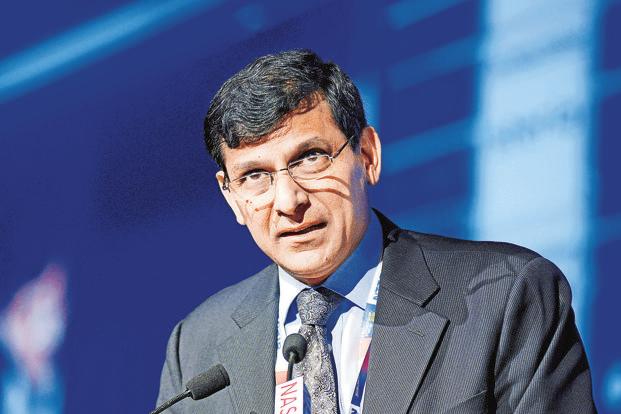
Mumbai: The Reserve Bank of India (RBI) pared its benchmark repo rate by an expected 25 basis points (bps) on Tuesday but eased its liquidity stance considerably as it sought to address concerns that a shortage of cash in the system was preventing lending rates from coming down. The RBI also indicated that its stance remains accommodative, which could allow for another round of rate cuts subject to incoming data.
“The stance of monetary policy will remain accommodative. The Reserve Bank will continue to watch macroeconomic and financial developments in the months ahead with a view to responding with further policy action as space opens up,” said the RBI.
The RBI’s benchmark repo rate, or the rate at which it lends money to commercial banks, now stands at 6.50%. The RBI has maintained the cash reserve ratio (CRR) at 4% but said that banks need to maintain 90% of the CRR amount on a daily basis compared to 95% earlier. The RBI also reduced the band between the repo rate and the reverse repo rate to 50 bps from the current 100bps.
Most importantly, the RBI said it would maintain a neutral stance in liquidity which means it will no longer insist on maintaining a deficit of 1% of deposits, as it does now.
The RBI will “continue to provide liquidity as required but progressively lower the average ex-ante liquidity deficit in the system from 1% of NDTL (net demand and time liabilities) to a position closer to neutrality,” said the RBI.
The BSE Sensex fell 0.6% or 151.63 points to 25,248.02 at 11.04 am compared to 25,264.58 at 10.55 am. The 10-year bond yield fell to 7.403% compared to 7.451% before the policy. The rupee was trading at 66.18, up 0.06% from its previous close soon after the announcement compared to 66.14 just before the announcement.
Most market participants had expected the central bank to cut rates as shown by a Mint poll where 10 out of eleven economists polled had forecast a 25 bps rate cut. Finance minister Arun Jaitley on Monday had also expressed hope that the decision to stick to a fiscal deficit of 3.5% of gross domestic product (GDP) for the current year will help RBI cut rates. “The movement in the last one year, as far as the interest rates have been concerned, has been downwards. The government has stuck to fiscal deficit commitments and inflation has been under control and therefore, I do hope that this movement will continue in order to make our economy more competitive with more competitive interest rates,” Jaitley said. The government has also announced a cut in interest rates on its small savings schemes in the range of 40-130 bps.
The RBI reiterated that inflation is expected to be around 5% for most part of fiscal 2017 and retained its target of 5% consumer price inflation by March 2017. The central bank also retained its GDP growth forecast for the year at 7.6%.
Retail inflation has been easing and touched a four-month low of 5.18% in February. Most analysts expect inflation to ease further in fiscal 2017 contingent upon a normal monsoon. The recent rebound in global commodity prices may pose some upside risks to domestic inflation.
“Inflation has evolved along the projected trajectory and the target set for January 2016 was met with a marginal undershoot. Going forward, CPI inflation is expected to decelerate modestly and remain around 5% during 2016-17,” said the RBI.
On growth, the RBI said the uneven recovery will gradually strengthen.
“The uneven recovery in growth in 2015-16 is likely to strengthen gradually into 2016-17, assuming a normal monsoon, the likely boost to consumption demand from the implementation of the 7th Pay Commission recommendations and OROP, and continuing monetary policy accommodation,” said the RBI.
The central bank noted that the new regime of marginal cost of funds based lending rates (MCLR) will help in improved transmission of its rate cuts, including those announced last year. The central bank also noted that the cut in small savings rates by the government should prod banks to reduce deposit rates further and thereby lending rates too going forward.
In 2015, RBI cut rates by 125 basis points, while banks had pared base rates only 60-75 bps, reflecting lack of full transmission. Bankers had been pointing to the large liquidity deficit as another impediment for transmission.